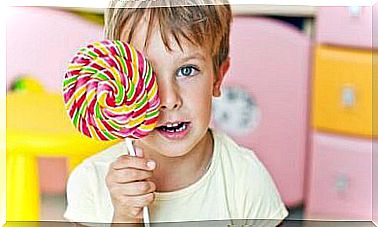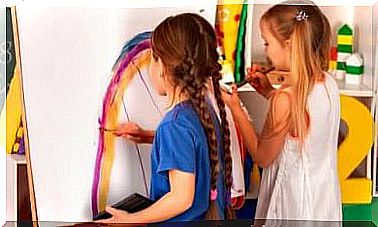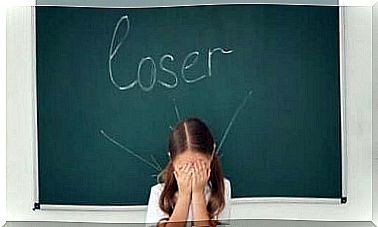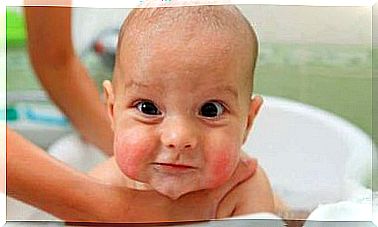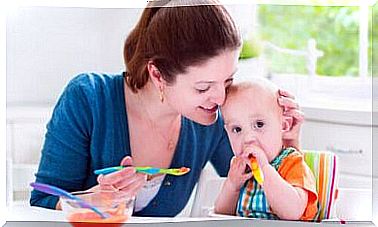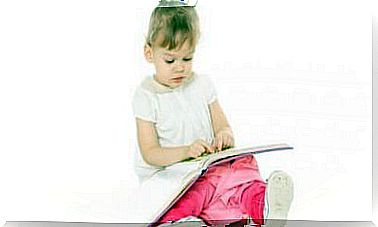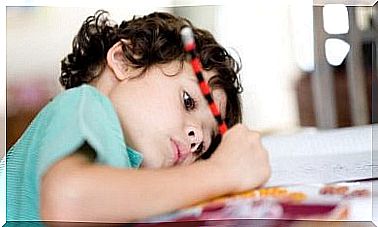Why Do Babies Throw Everything On The Floor? – Being Parents

Surely, your child has surprised you repeatedly with this skill of a baseball player, throwing everything they have at their fingertips directly on the floor. Maybe at first you saw it as an act of rebellion or a reaction to grab your attention, until you realize it’s something that happens on a daily basis.
With annoyance, with a surprised face, or between laughs, you will ask them to stop doing it because they can damage something important or hurt someone by throwing something. But, we have good news: this behavior is only one of the first skills of the baby which allows him to discover his universe.
Your baby is discovering the world every time he throws something on the ground
When you throw an object, you need to measure the force with which you are going to perform that action, the distance, have a fixed goal, put yourself in a specific position, take care of your surroundings, etc. It is the experience that your child tries to learn every time they throw something away.
If he has done it a thousand times, you must prepare yourself because he will surely do it a thousand more times. Recognize the significance of this gesture, because this sign of evolution and development is added to the list of abilities that your baby is gathering to face the other challenges of life. Guide him and teach him to pay attention, identify danger and recognize delicate materials.
Throwing everything to the ground: a source of learning

We saw how your little sweetheart trained to be stronger and more agile just by throwing everything to the ground. It is therefore time to guide him in this learning which, for a child, is an odyssey full of challenges and superhero achievements.
In this sense, before you embark on this task, it is essential that you know in detail what this naughty little angel learns when he impresses you with his strength:
Find out what’s going on with the object
If it breaks, if it makes special sounds, or if it always stays in one place. Certainly, a doubt that arouses a thousand questions that are verified with practice, that is to say, toss it as many times as necessary, until it discovers the answer.
Measure distances
Believe it or not, it uses two of the great senses: sight and hearing. In the case of the first, it analyzes the trajectory of the object in question; see how it varies in size as it moves away, until it becomes tiny. Then by listening; if the object takes a long time to fall, it means that it has gone far and vice versa.
Test your skills
Is it worth it to keep trying with this item? Should I continue exploring? If I throw it forcefully will it react differently?
Know the relationship between cause and effect
After making the decision to throw it, he finds out what it does. The breaking of the delicate glass and the fear reaction of mom and dad, a noise that disturbs others and the parents’ call for attention, etc.
Social interaction
He will see that if this element arouses the interest of those around him and they play with him, it will help him create magical moments to share and you will realize that he has the opportunity to bond. In the future, this will be important for his personal and professional development.
Certainly, our little scientist responds to his exploration and testing needs with speed and cunning.
What can we do to improve this experience?
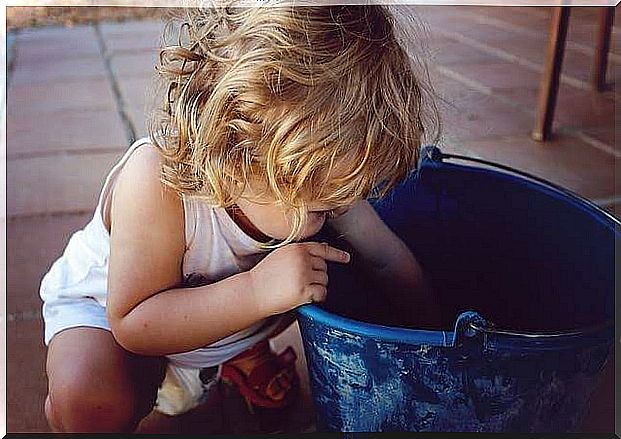
Unless you throw something delicate on the ground or cause more damage, don’t scold it. Instead, focus on teaching what he can throw and where. Of course, don’t let him be aggressive in his throws and invite him to pick things up with you, build a habit, and be organized.
Don’t scold him unnecessarily, show him your example and you will see the results
Teach him by giving him examples of what is allowed, such as throwing dirty socks in the basket or papers that are not in the trash. Gradually, he will understand what is good and he will understand the advantages.
